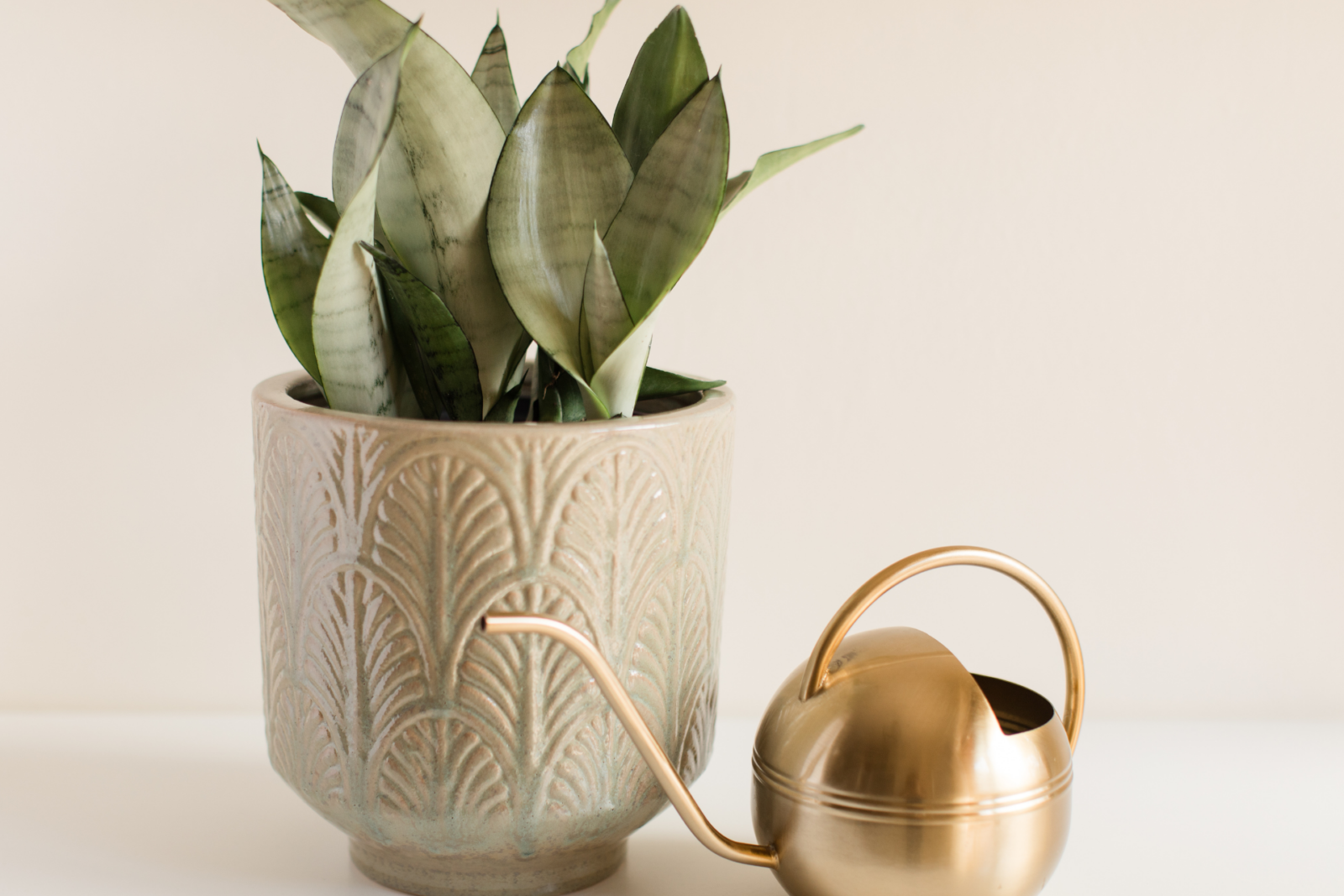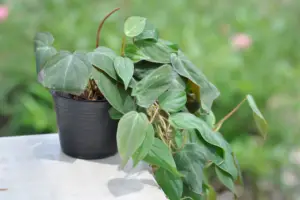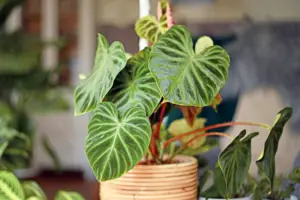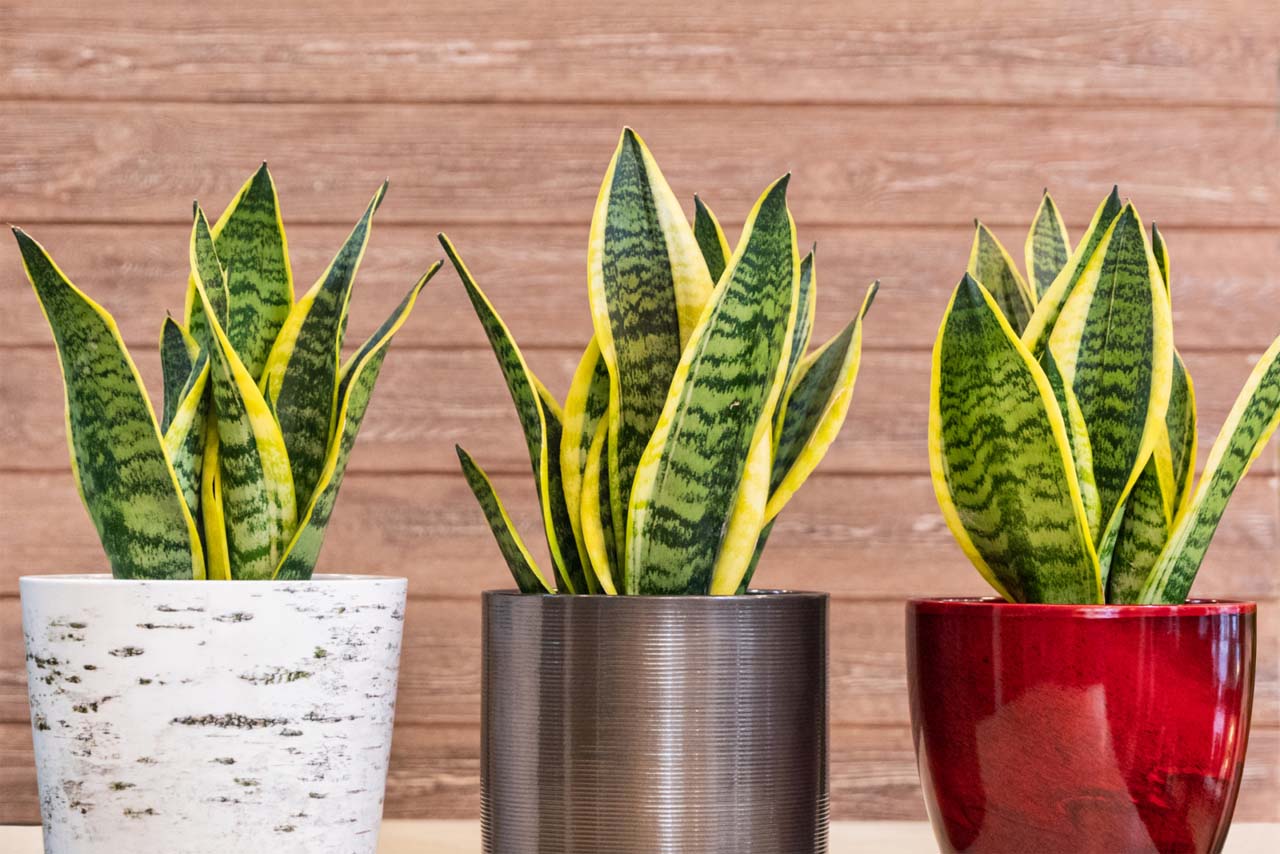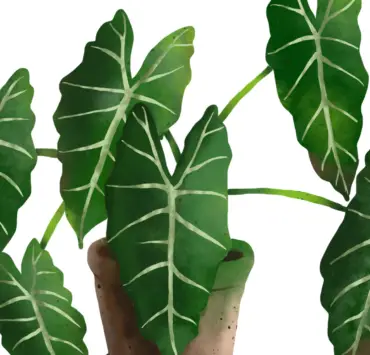Let’s dive into tips on how to care for and grow the moonshine snake plant.
How to Care for and Grow the Moonshine Snake Plant?
Lighting and Temperature
The moonshine snake plant thrives in bright, indirect light but can also tolerate low-light conditions. Avoid exposing it to direct sunlight as this can scorch its leaves. If you want your plant to grow faster, place it in a spot where it receives more light. However, if you notice that the leaves are turning yellow, it might be getting too much light.
In terms of temperature, the moonshine snake plant prefers warm temperatures ranging between 60-85°F (15-29°C). It can tolerate cooler temperatures but avoid exposing it to frost or freezing temperatures as it can damage the plant.
Watering and Humidity
One of the reasons why the moonshine snake plant is popular is because it requires minimal watering. Water your plant only when the soil is completely dry, which is usually every 2-4 weeks, depending on the environment. Overwatering can cause root rot, so ensure that the pot has drainage holes to prevent waterlogging.
The moonshine snake plant does not require high humidity levels and can tolerate dry air. However, if you notice that the leaves are drying out or developing brown tips, it might be an indication that the air is too dry. You can mist the leaves occasionally or place a humidifier near the plant.
Soil and Fertilizer
The moonshine snake plant prefers well-draining soil that is slightly acidic with a pH of 5.5-7.5. You can use a mixture of peat moss, sand, and perlite to create a well-draining soil. Avoid using heavy potting soil as it can retain moisture, leading to root rot.
Fertilize your moonshine snake plant every 2-3 months during the growing season (spring and summer) using a balanced fertilizer. Do not fertilize during the dormant season (fall and winter) as the plant is not actively growing.
Propagation
The moonshine snake plant can be propagated easily through division or leaf cuttings. To propagate through division, carefully separate the plant into smaller sections and repot each section into a new pot with fresh soil. For leaf cuttings, cut a healthy leaf from the plant and place it in a pot with well-draining soil. Keep the soil moist until the new plant develops roots.
In conclusion, the moonshine snake plant is a low-maintenance houseplant that adds a touch of green to any indoor space. With these tips on how to care for and grow your moonshine snake plant, you can enjoy its striking foliage and air-purifying benefits for years to come.
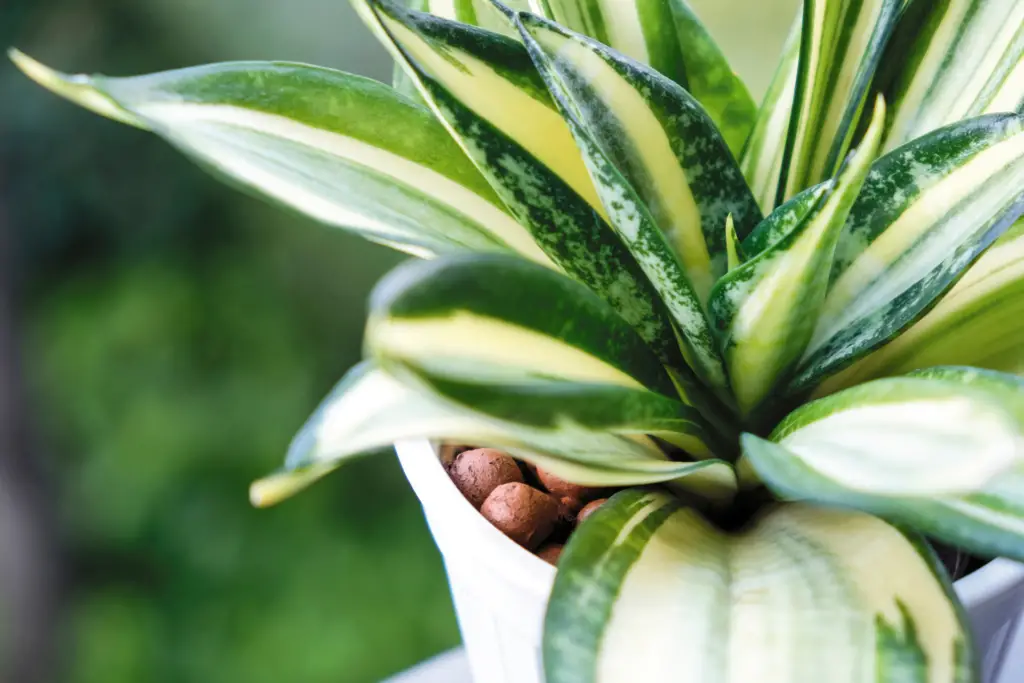 Most Asked Question About Moonshine Snake Plant:
Most Asked Question About Moonshine Snake Plant:
Is a moonshine snake plant rare?
No, the moonshine snake plant is not considered rare and is widely available in plant nurseries and online stores.
How do you take care of a moonshine snake?
To take care of a moonshine snake plant, you should provide it with bright, indirect light, well-draining soil, and water only when the soil is dry. The plant can tolerate dry air and does not require high humidity levels.
What are the benefits of moonshine snake plant?
The moonshine snake plant is known for its air-purifying properties, as it can remove toxins such as formaldehyde, benzene, and xylene from the air. It is also a low-maintenance plant that is easy to care for.
How big do moonshine snake plants get?
Moonshine snake plants can grow up to 3 feet (90 cm) in height and 1-2 feet (30-60 cm) in width, depending on the growing conditions.
What is the rarest snake plant?
The rarest snake plant is the Sansevieria patens, which is a slow-growing plant with long, narrow leaves that have a unique texture.
What is the most sought after snake plant?
The most sought after snake plant is the Sansevieria trifasciata ‘Black Gold’, which has dark green leaves with gold-colored edges.
Does moonshine snake plant clean air?
Yes, the moonshine snake plant is known for its air-purifying properties and can remove toxins from the air.
What are the disadvantages of snake plant?
One of the disadvantages of snake plants is that they can be toxic to pets if ingested. They can also become invasive if planted outdoors in warm, humid climates.
Does Sansevieria moonshine like sun or shade?
The Sansevieria moonshine prefers bright, indirect light but can also tolerate low-light conditions.
What is the lifespan of snake plant?
Snake plants can live for several years and can even thrive for decades with proper care.
What is the secret of the snake plant?
The secret of the snake plant lies in its ability to produce oxygen and purify the air by removing toxins such as formaldehyde and benzene.
How much light does moonshine snake plant need?
The moonshine snake plant prefers bright, indirect light but can also tolerate low-light conditions.
Why is my moonshine snake plant dying?
A moonshine snake plant can die if it is overwatered, exposed to direct sunlight, or if the soil is too heavy and retains too much moisture.
Is snake plant good for money?
According to Feng Shui principles, the snake plant is believed to bring good luck and wealth to the home.
What does snake plant do at night?
Like most plants, the snake plant performs photosynthesis during the day and respiration at night, releasing oxygen and purifying the air.
Should I put rocks in my snake plant?
Putting rocks in the bottom of a pot can improve drainage, but it is not necessary for a snake plant as they prefer well-draining soil.
What is the difference between night owl and moonshine snake plant?
The night owl and moonshine snake plants are both Sansevieria trifasciata varieties, but the night owl has darker green leaves with lighter green horizontal stripes, while the moonshine has a silver-green color with darker green edges.
